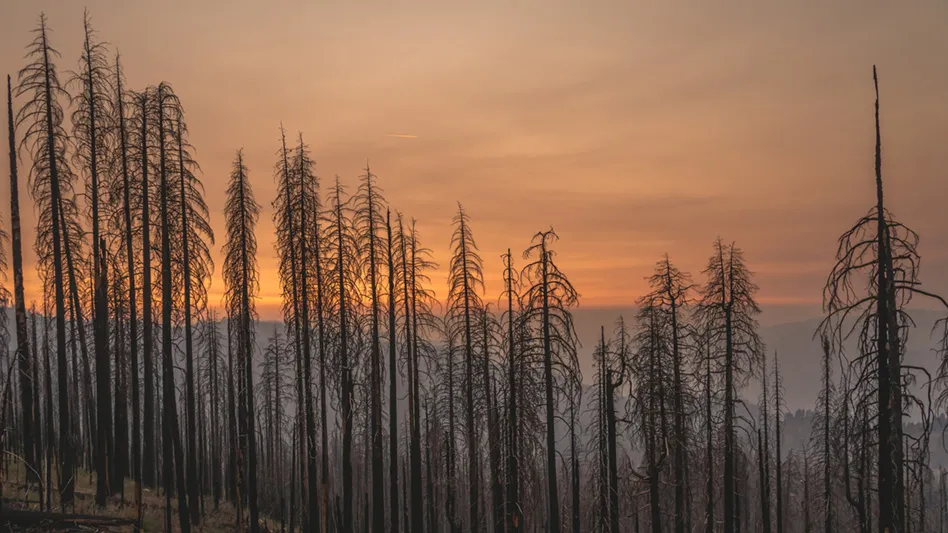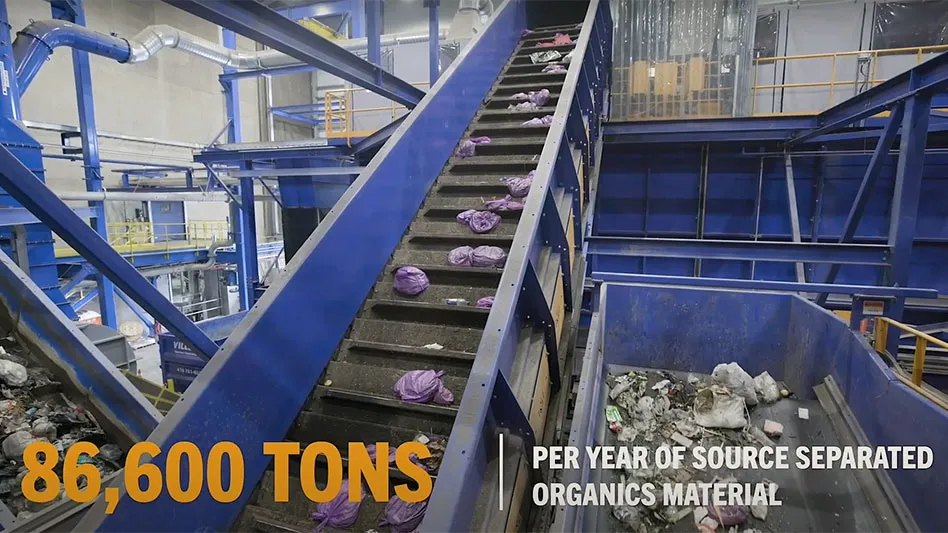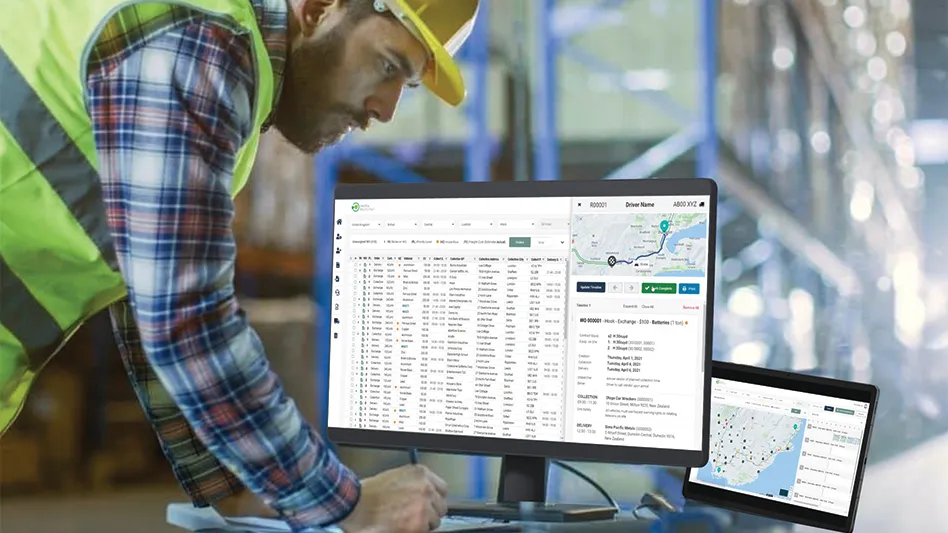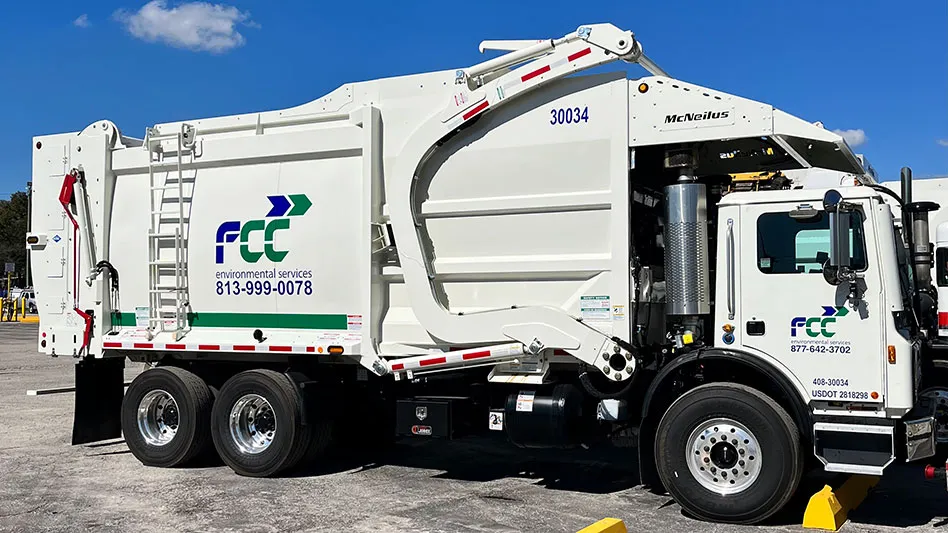
mdurson | stock.adobe.com
Kore Infrastructure, El Segundo, California, has established a partnership with the Tule River Economic Development Corp. with support from the California Department of Conservation to develop a modular, forest biomass-to-carbon-negative biofuel facility in Porterville, California, where the Tule River Economic Development Corp. is based. The project will help solve two major challenges in California: reducing the risk of catastrophic wildfires and decarbonizing transportation. These challenges will be mitigated by removing the dead, dying and diseased trees that can become fuel for forest fires, and converting them into carbon negative UltraGreen Hydrogen and biocarbon using Kore’s proprietary technology.
“Given the recent record-breaking global temperatures, innovative solutions to ease the effect of climate change are crucial,” Kore Infrastructure CEO and founder Cornelius Shields says. “We are proud to partner with the indigenous leaders at Tule River Economic Development Corporation to introduce our unique technology that can mitigate wildfire risk and restore the health of Sierra Nevada forests, enhance climate resiliency, encourage energy independence and help decarbonize transportation in the state of California.”
The California Department of Conservation has awarded Kore a $500,000 grant under the Forest Biomass to Carbon-Negative Biofuels Pilot Program to develop the project.
RELATED: Kore demonstrates WTE technology at Los Angeles facility | EPA issues final rule on biofuel requirements for 2023-25
Stantec, Edmonton, Alberta, a global leader in sustainable design and engineering, is leading conceptual engineering and, later this year, front-end engineering design. Construction is expected to begin by early 2024, and the facility should be operational by the second half of 2025.
Wildfires have become all too common in California, propelled by a changing climate and insufficient forest management practices. The frequency and magnitude of wildfires have caused two of California’s largest insurance companies to discontinue writing policies. This project will improve the health of California forests, reduce wildfires and help decarbonize transportation by implementing Kore’s innovative solution.
The project will remove and process 48 tons per day of non-merchantable dead dying and diseased trees, which will help reduce wildfire risk. The Tule River Economic Development Corp. manages 57,000 acres of Sierra Nevada Forest and is entering into a joint stewardship agreement with the US Forest Service to manage another 325,000 acres. Orchard wood waste from California’s Central Valley will provide Kore’s facility with supplemental feedstock when forest access is unavailable due to weather or other adverse conditions.
“We are thrilled to collaborate with Kore Infrastructure to support and scale the vision of our renewable energy campus with the production of carbon-negative hydrogen that sustains our local economy,” Tule River Economic Development Corp. CEO Dennis Ickes says. “This project will improve the health of the forests we manage, generate renewable energy and help enhance the economic independence of our community.”
The project will generate two metric tons of fuel cell-quality hydrogen per day. Kore’s commercial partner plans to use this hydrogen to decarbonize shipping container handling equipment at Los Angeles and Long Beach ports by converting diesel-powered equipment into fuel cell electric. The hydrogen also may be available to local users as demand for fuel cell quality hydrogen expands geographically.
The project will produce about 10 tons of biocarbon daily—an elemental carbon co-product with multiple benefits. As a soil amendment, biocarbon increases plant yield while reducing irrigation and fertilizer needs. Biocarbon also sequesters about three tons of carbon dioxide for every ton incorporated into the soil. With a heating value comparable to fossil coal, biocarbon also can be used to decarbonize industries such as cement manufacturing, which Kore says accounts for four percent of California’s greenhouse gas emissions.
“We congratulate Kore and look forward to our ongoing collaboration,” California Department of Conservation Director David Shabazian says. “Converting forest biomass waste into carbon-negative energy is a critical part of achieving California’s climate goals while reducing wildfire hazards, improving watersheds and supporting sustainable local economies in the region.”
Latest from Waste Today
- Bioenergy Devco honored at SEAL Awards
- AMCS showcasing Performance Sustainability Suite at WasteExpo
- New Way and Hyzon unveil first hydrogen fuel cell refuse truck
- NWRA honors award recipients during annual breakfast at WasteExpo
- Rubicon selling fleet technology business, issuing preferred equity to Rodina Capital
- Machinex to feature virtual tour of Rumpke MRF at WasteExpo
- Reworld releases 2024 sustainability report
- Novolex invests in Ozzi





